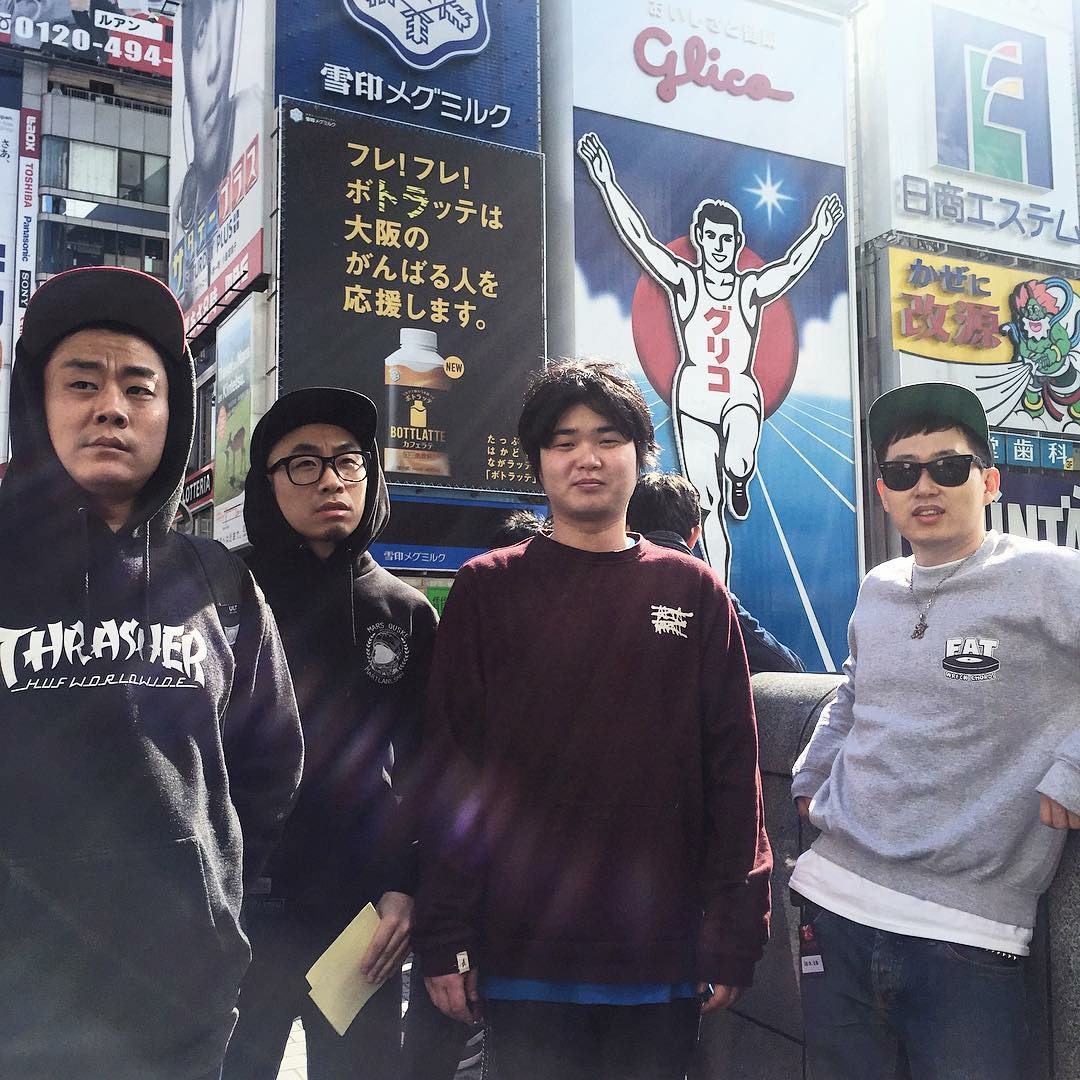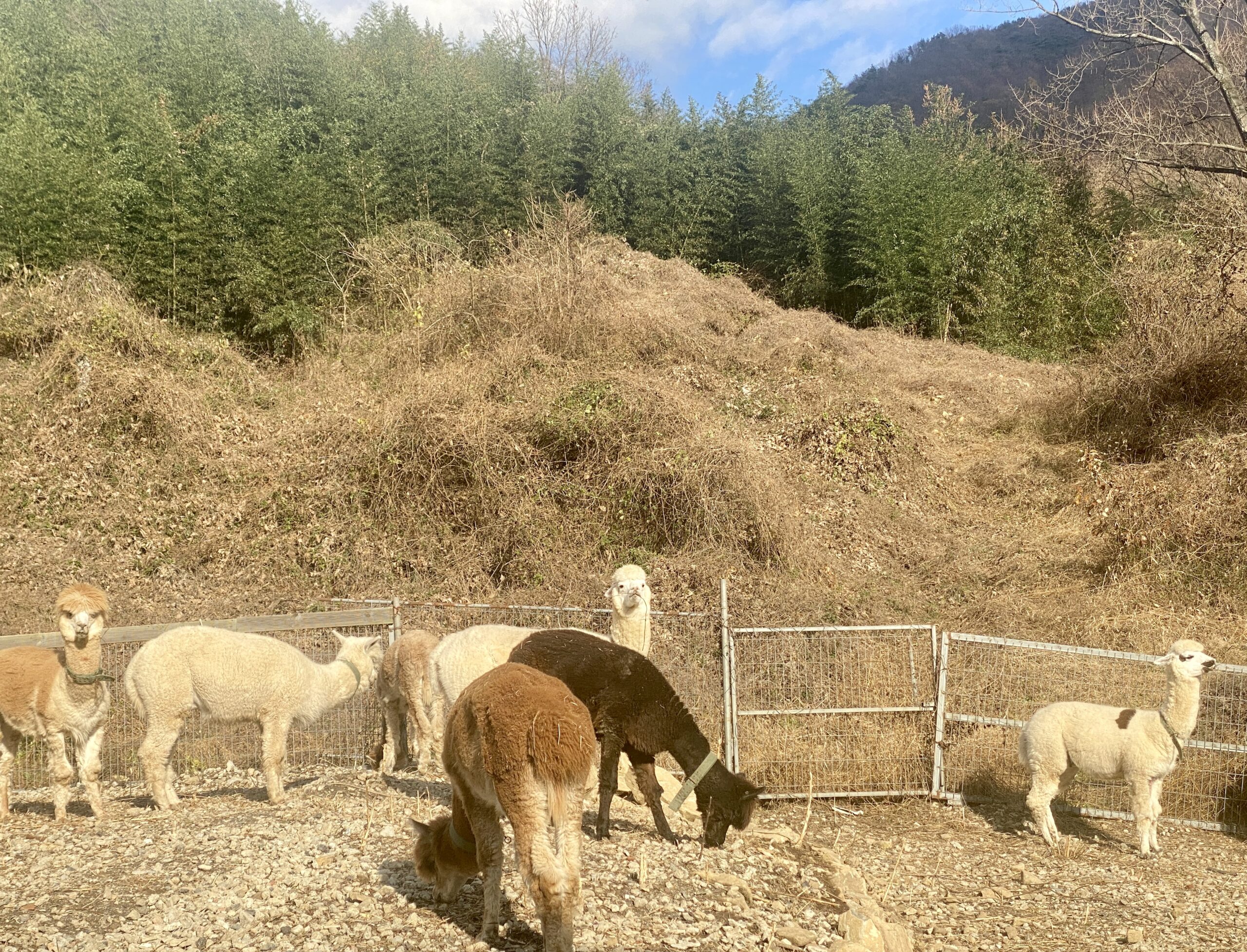Winter Tea Time at Boseong
Video by David Cowger
As soon as I entered the grounds, I was overwhelmed by the beauty of the cedar, cypress and maple trees that surrounded the rolling hills of tea bushes. Initially, I thought the cold weather would limit the attractiveness of the landscape, but as I soon learned, the tea plantations are always gorgeous and are also open all year long.
Located in the south-western province of Jeollanam-do, Boseong is home to the Deahon Dawon Green Tea Plantation, which is the most popular and largest in all of Korea. Tea is grown on over one million square miles, and Boseong is considered an ideal location for the harvest of tea. Included on this enormous acreage of land is around 5.8 million tea plants that are harvested three to four times annually each year.
Depending on when a leaf is harvested, it will be one of five kinds: woojean, sejak, joongak, daejak and yep. Each provides a unique taste, aroma and color. For all tea lovers, this uniqueness of quality is sure to please. For example, deajak is picked during late May. Sejak, a more popular tea, is harvested in early May. Though the difference in time is minimal, the difference in taste is noticeable.
Sejak, considered to be a black tea, is more popular because it lacks bitterness and astringency found in other black teas. There is no sense of dryness or roughness of the leaves. Daejak, commonly referred to as ip-ha, is considered to be more of a puckery flavor because the leaves are more mature.
The highest grade of tea, woojeon, is produced in limited amounts and harvested around the middle of April. It is considered to be sweet and delicate in taste. Because it is made from early buds after winter it is very fresh and mild. Because of this, it is the most popular of all teas cultivated.
Though I am unsure of which tea I sampled, I did enjoy one of the many choices offered by the shops and restaurants located on site. Apprehensive to the cold and determined to experiment, I chose some green tea ice cream and sat in the sunlight to enjoy. Afterwards, I walked around the shops and was overwhelmed with the availability of tea products. There were facial packs, tea baths, cookies, cakes and even deodorizers. The quantity of choices was unbelievable. The functions of the teas were astounding.
[youtube_sc url=”https://www.youtube.com/watch?v=t9igmTJpHdg” autohide=”1″ fs=”1″]
In my amazement, I decided to walk further and found many scenic areas perfect for a picture. Though most platforms required a climb, the views one gathered from the top were incredible. Not even considering the weather anymore, I decided to take in as much of the landscape as possible and relax in the atmosphere. I scaled the steps and scoured the trails. I hunted down the best areas for a picture and even explored areas off the path. Eventually, though, my day came to an end. I saw as much as I could physically see in one day and ate as much green tea ice cream as I could handle. I enjoyed my time and didn’t even consider the weather a factor.
Boseong is currently holding a Light Festival that will continue until January 29, 2013. The Dahyanggak Pavilion Observatory area is now home to a large tree covered in lights with the Hoecheon-myeon and the Yeongcheon-ri regions also decorated in an array of luminous lights. The festival is quite magnificent and certainly worth the trip.
The idea of the Light Festival is to deliver hope for tourists and residents during the New Year who visit Boseong. Residents and tourists alike will wish to visit the world renowned tea fields and visit often as the beauty of the lights and scenery will provide viewers with an unparalleled array of scenic perfection.
To be a part of the Light Festival, be sure to use the address: Jeollana-do, Boseong-gun, Hoecheon-myeon, Yeongcheon-ri. If going by bus, first go from Gwangju (Gwangcheon Terminal) to the Boseong Bus Terminal. From there, go to Yulpo and stop at Boseong Green Tea Plantation. The whole journey is just under two hours.
For more information contact the Department of Culture and Tourism, Boseong County Office on: 061-850-5211/5214




